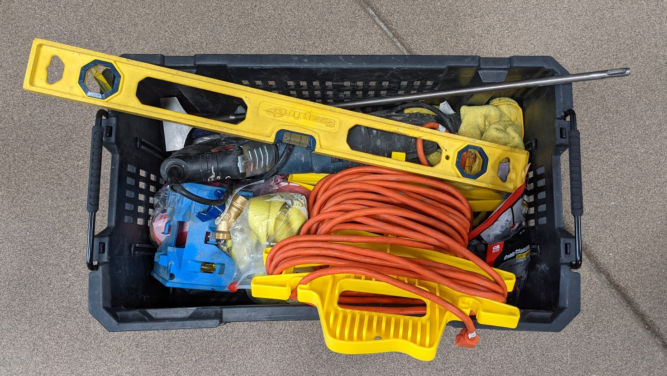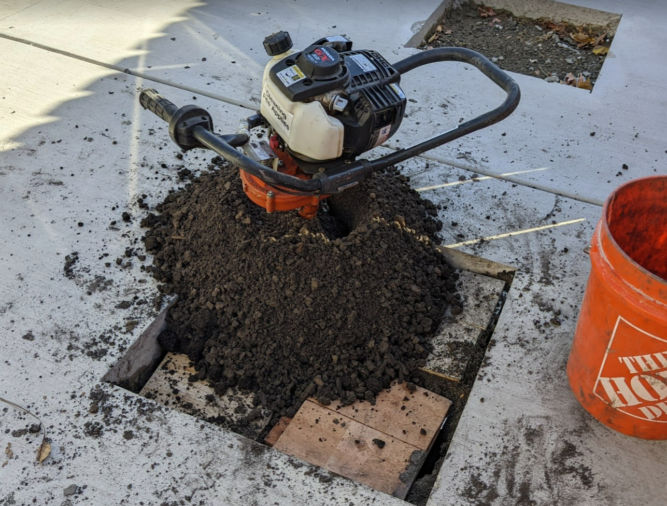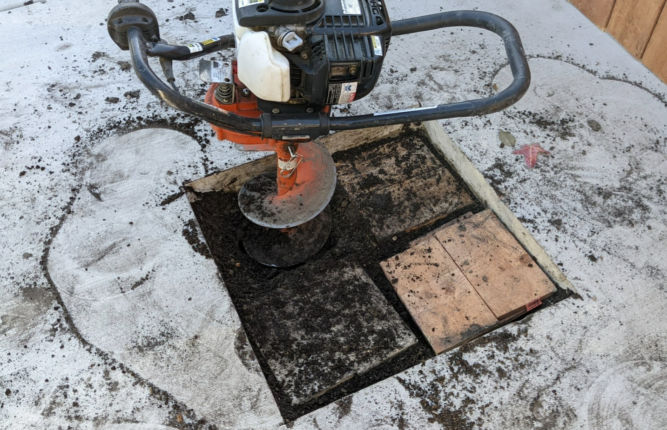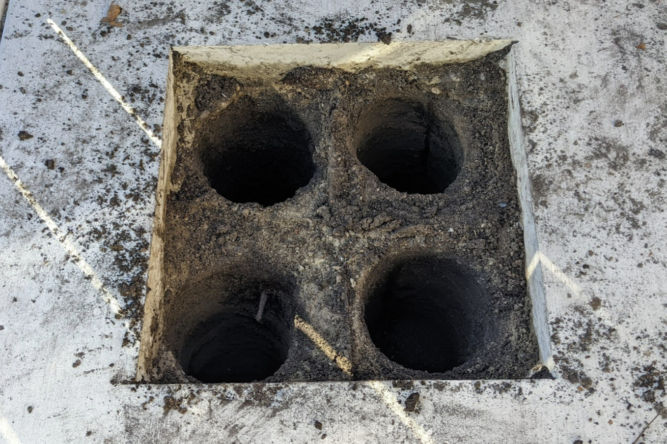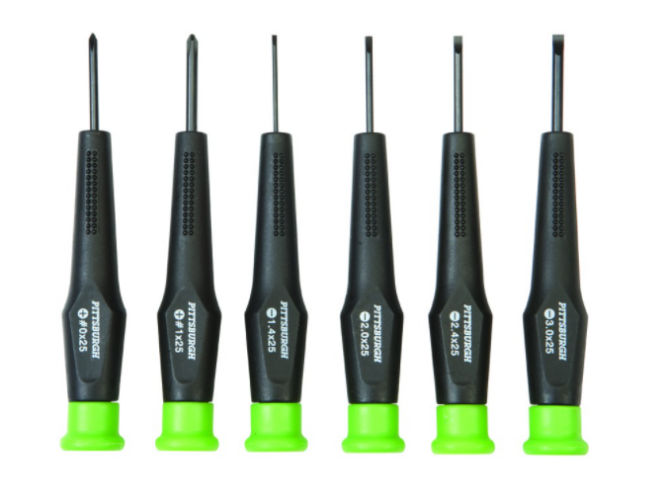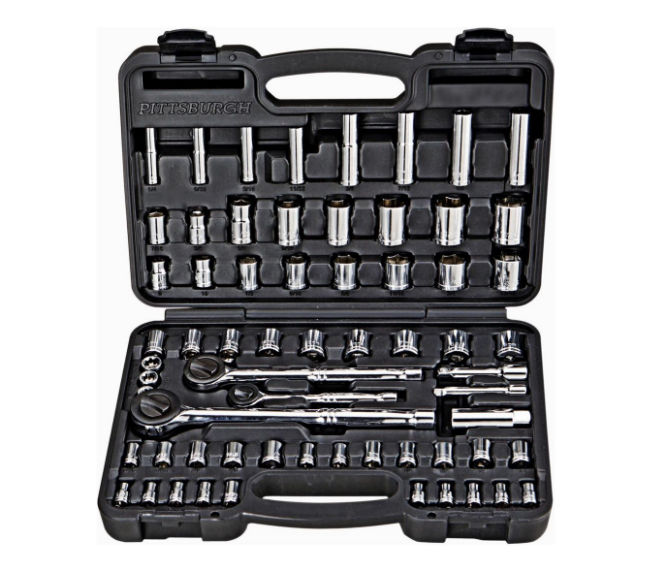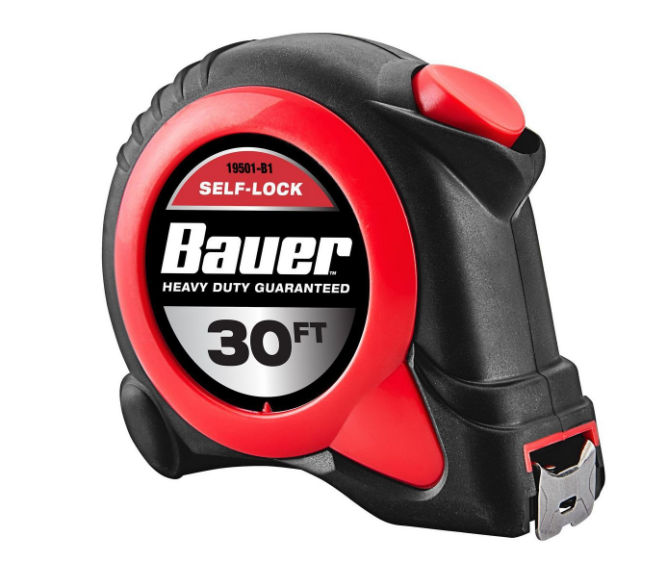I’m bad with plants, and you probably are too. Whatever I plant just seems to die. And even with Home Depot’s 1 year return return policy, who’s gonna wanna dig up and return a plant with its roots and all and dirty up their car to take it to the Home Depot for $50.
There is one plant (or tree, actually) that anyone (in California) can plant without worry of it dying. This set-it-and-forget-it tree is the Italian Cypress. There are so many great things about this tree, it’s no wonder it adds value to your property.
- Fast Growing
Tall trees are expensive. You can buy this tree short and the regular Italian Cypress tree will grow up to 3 feet per year. - Very Hardy
The Italian Cypress tree is hardy (will survive) down to 10° F. Obviously not a problem in California where it seems to just get hotter and hotter every year. - Drought Tolerant
With increasing temperatures and less rain in California by the year, water is becoming less available and more expensive. Some locations may even prohibit watering your lawn or garden during certain periods. This is not a problem with the Italian Cypress tree. I stopped watering mine and they still look alive and green. - Evergreen, Non-deciduous
The Italian Cypress tree is an evergreen tree meaning that it’s green forever (all year long). It is non-deciduous meaning that it doesn’t lose its leaves for part of the year. This is great because it’s low maintenance. My neighbor’s trees are deciduous and every winter, their leaves dirty up my front yard and I have to clean it up. With the Italian Cypress tree, there’s nothing to clean up and it looks alive all year long – no temporary death! - Fertilizer
The Italian Cypress tree doesn’t even need fertilizer. Just dig a hole, put the tree ball in, back fill, give it some water, and you’re done. - Readily Available
The Italian Cypress tree is readily available at the Home Depot all year long. It’s also available at Costco for about half the price but Costco only has it in early Spring 🙁
Most places sell the regular Italian Cypress tree but there’s also a dwarf version. Here are the specs for each.
| Dwarf Italian Cypress | Italian Cypress | |
|---|---|---|
| Botanical Name | Cupressus sempervirens Compacta | Cupressus sempervirens |
| Deer Resistant | Yes | Yes |
| Drought Tolerant | Yes | Yes |
| Mature Height | 7-9 ft. in 10 years 25-30 ft. at maturity | 35-40 ft. in 10 years or Trim to Desired Height |
| Mature Width | 2 ft. | 5 ft. |
| Sunlight | Full Sun | Full Sun |
| Growth Rate: | Slow | Fast |
| Grows Well In Zones: | 7-10 outdoors | 7-11 outdoors |
| Hardy | Down to 10° F | Down to 10° F |
Planting and Care for Dwarf Italian Cypress Trees
1. Planting: First, select a location with well-drained soil and full sun – any area with 6 to 8 hours of sunlight is ideal.
When you’re ready to plant, dig a hole that’s about one and a half to two times the size of your plant’s root ball, place the Dwarf Italian Cypress in the hole, back fill the soil and water to settle the roots.
2. Watering: Once established, your Dwarf Italian Cypress is moderately drought tolerant, but it’s important to have a regular watering schedule for the first couple of growing seasons. Water about once weekly or check the surrounding soil near your Cypress – if the surrounding soil is dry about 2 or 3 inches down, it’s time to water.
3. Fertilizing: Apply a well-balanced, general purpose fertilizer to your Dwarf Italian Cypress in early spring, before new growth begins.
Planting and Care for Regular Italian Cypress Trees
1. Planting: Italian Cypress Trees are drought tolerant and like to be on the dry side, so choose a location with full to partial sun (4 to 8 hours of sunlight daily) in well-drained soil.
Then, dig a hole that is just as deep but twice as wide as the root ball of the plant. Place the plant in the hole to check the depth. If the soil of the root ball is below the level of the soil of the surrounding ground, pick up the tree and add more soil to the hole. Fill in the hole with the same native soil you removed then water the tree by counting to 20 or by giving it five full watering cans full of water.
2. Watering: Irrigate your newly-planted tree twice a week for the first month, once a week for the next two months and every two weeks after the first three months. Water your Italian Cypress if you have warm, dry, and windy weather during the winter in your area.
3. Fertilizing: This tree isn’t fussy about soil. It grows equally well in clay, loam, or sandy soils. It also does not need routine fertilizing.
Pictures of Dwarf Italian Cypress Trees

Pictures of Regular Italian Cypress Trees
















